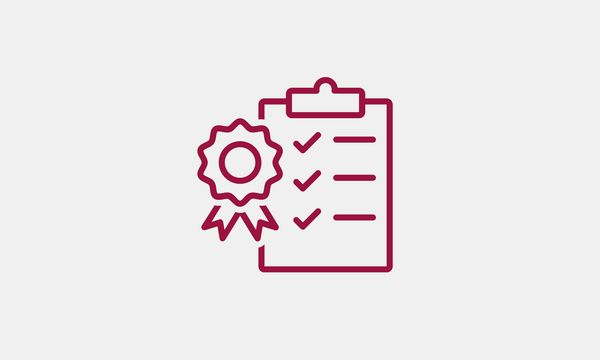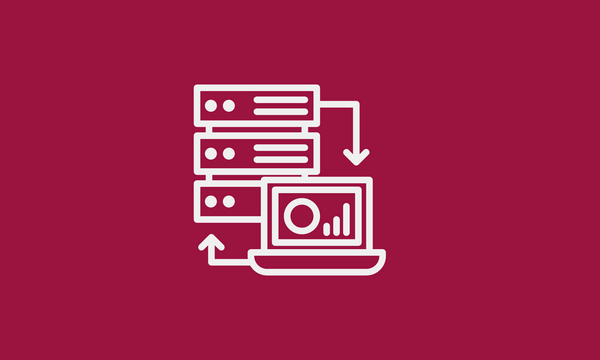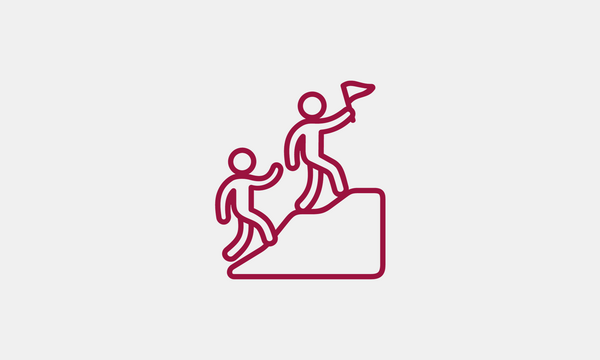Inboxing Clever

Siobhan Özege
December 10, 2018
If you’ve ever applied for a job in the federal public service, it’s likely that you’ve come in contact with the Public Service Commission (PSC). Unlike a ministry, they report independently to Parliament, and are responsible for any assessments you may have done as part of a job application. They also run GCJobs, where you can find all open federal positions.
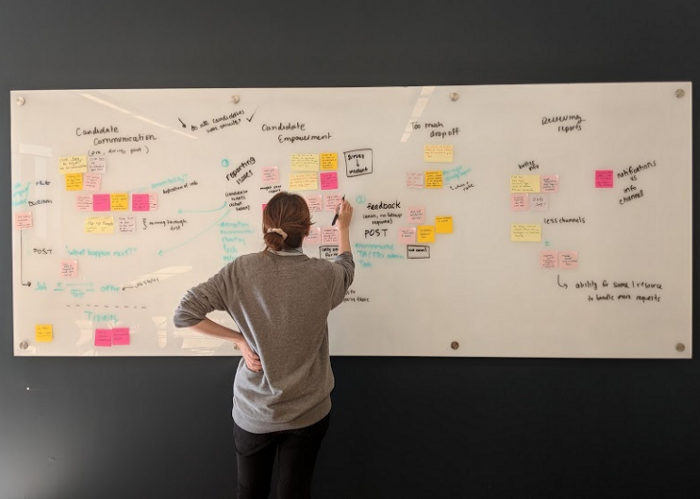
In a public service made up of 273,000+ people, the importance of properly assessing candidates and giving them the best chance to succeed is huge. From second language assessments to occupational tests, the PSC administers over 50 types of assessments, and last year alone, they administered 122,768 individual tests. And they don’t just assess external applicants. Many of their assessments are used to help federal employees level up to become managers, or even directors.
That’s where we come in.
Building a more diverse public service
Our fellowship team was brought in to help the PSC achieve its goal of modernizing assessment practices through collaboration, experimentation, and co-creation. Because they’re “responsible for promoting and safeguarding a merit-based, representative and non-partisan public service that serves all Canadians,” we have an incredible opportunity to help build a product that will directly impact what the federal public service looks like.
We’ve been asked to build a new tool to help assess managerial candidates. Through my volunteer work with Bridge School — a non-profit focused on helping women, agender and non-binary people move out of junior and intermediate jobs in tech — I think a lot about this issue, and more broadly about the importance of equity in hiring and training.
And as a team of three women working in tech, we’re thrilled to be contributing to a project that will improve access to, as well as diversity and representation in, careers in the federal government.
What does this mean for us?
Currently, candidates are assessed using a paper test; this results in a lengthy staffing process, and presents barriers to accessibility. One of the PSC’s goals with this project is to create a digital solution that’s accessible for everyone, and that will eliminate the need to ship paper tests across the country.
Research from the PSC’s stakeholders indicates an overwhelming desire to see a digital test environment that more accurately reflects modern job realities — in other words, we’re saying goodbye to paper and pencil, and hello to an inbox!
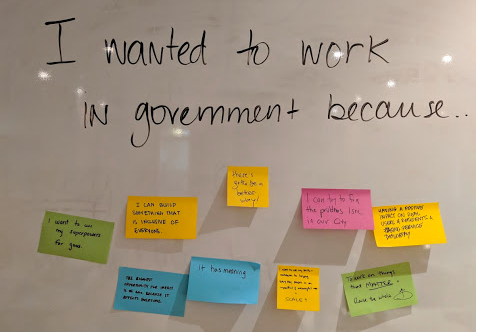
We’re looking to build a test platform that leverages best practices in web accessibility and development, while seamlessly integrating into PSC’s existing systems. Because we’ve come into this project at the tail-end of test content creation, we’re thinking about ways to meaningfully improve the delivery of the test in two ways: the test experience (the environment you take the test in) as well as test delivery (what tools you use to take the test).
Over the past few weeks, we’ve been in consultation with internal stakeholders (from the people who need to order the test, to those who will need to maintain the system post-fellowship) as well as gaining external insight from the folks at the Canadian Digital Service, and previous fellowship teams, who are helping us craft our roadmap, so we can make the best use of the next eight months.
What’s next?
We find ourselves half way through the Discovery Phase of the project. The next six weeks are focused on implementing the new technical stack we proposed to the PSC in late November, as well as beginning user research across the National Capital Region, and at select regional testing centres run by PSC.

A new tech stack is a huge milestone for this project, and the PSC’s IT department in general. Proposing new tech might not seem like the biggest deal when you work in the private sector, but here, it’s a huge win.
Because we’re working on a test that is open-ended (i.e. candidates don’t respond with a clear-cut answer, like in a multiple choice test) and scored by a human, it simply didn’t fit into any existing system currently supported by the PSC. This meant we needed a new set of tools that could interface with existing applications, while bringing best practices in accessibility and web development to the forefront of the project.
We’ll be using ReactJS to build the front-end of our web application, and Django on the back-end. Under the guidance of our developer Caley Brock, we have a huge opportunity to work with the IT department to train staff on new frameworks, get them excited about new languages, and demonstrate how using new tools can attract tech talent to work on the exciting things they’re building.
Get involved
If you want to follow more of our day-to-day life in this project, follow us on Twitter, or stay tuned to the Code for Canada blog. You should also follow CIO Elizabeth Rhodenizer, who’s been a huge supporter (and tweeter) of the work we’re doing.
We have a small but mighty cross-functional team, and we’re currently recruiting for our user research. If you’re a manager — or prospective manager — in the federal public service, we want to talk to you! Better yet, if you know someone who should chat with us, please share our recruitment page with them.
The Code for Canada fellowship embeds technology professionals into government, where they work alongside public servants to build great digital services. To learn more about becoming a fellow, or hosting a team of fellows in your department, visit codefor.ca/fellowship.
End of articles list
